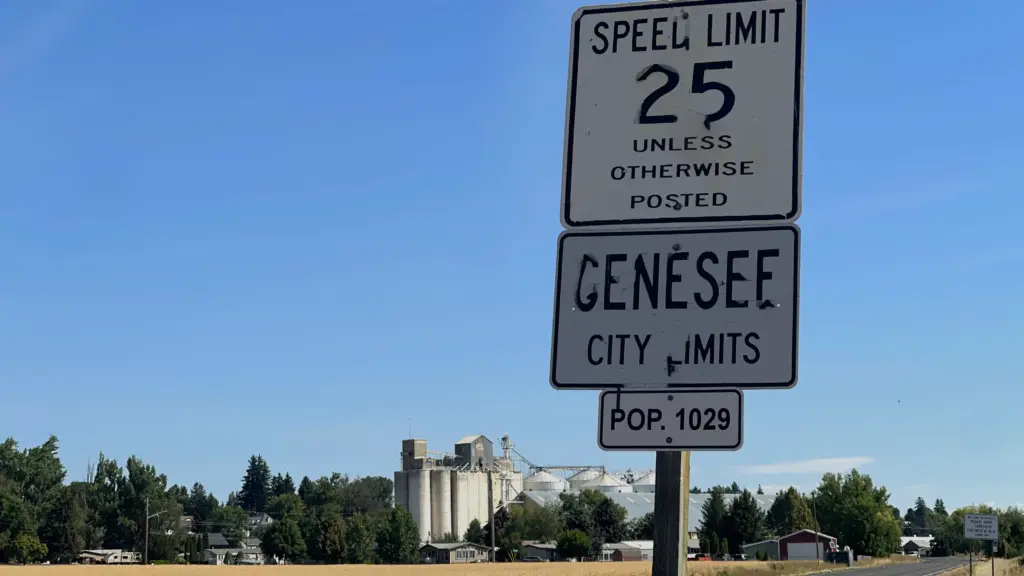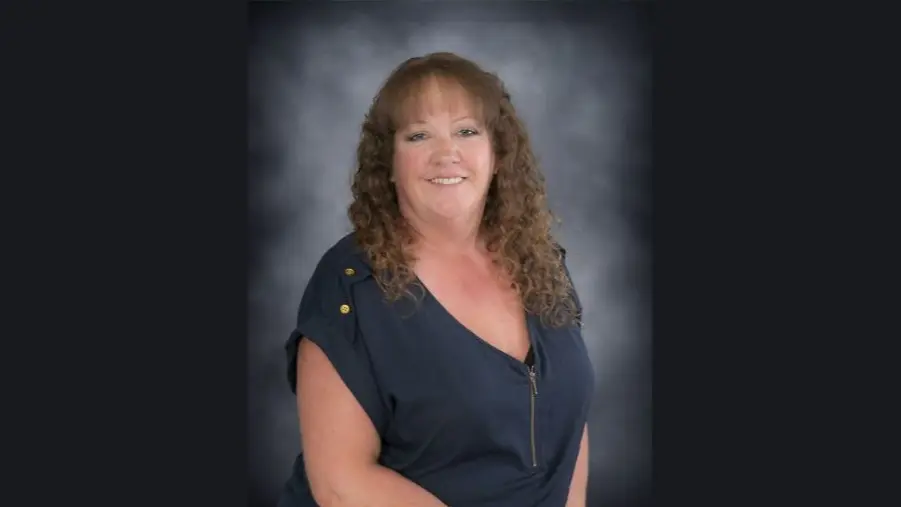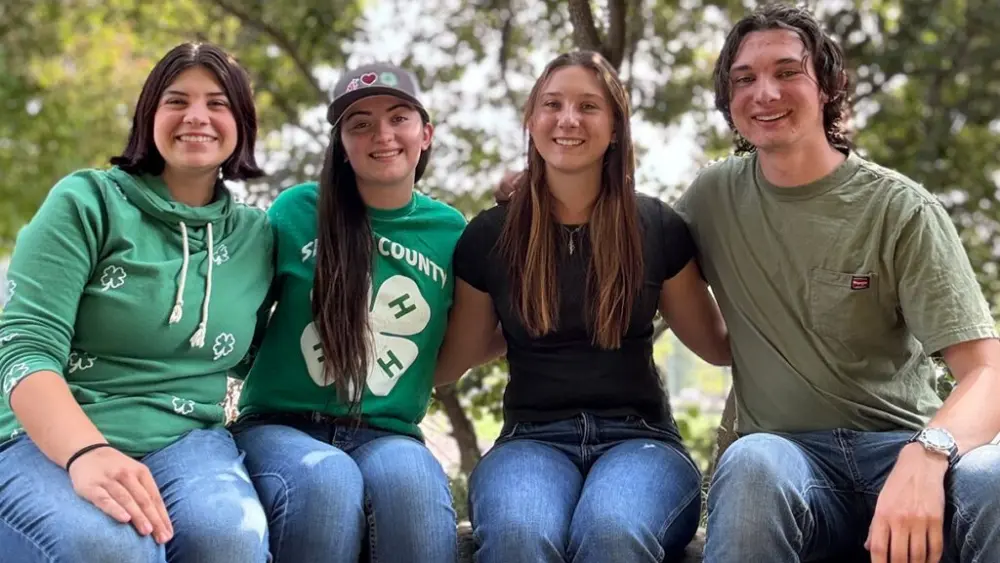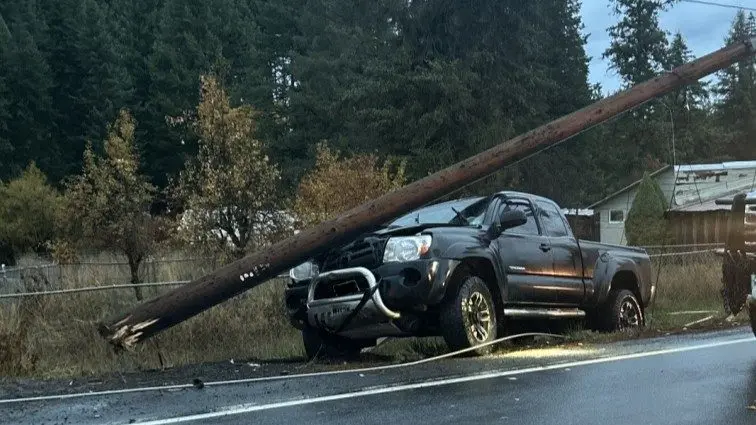Originally posted on IdahoEdNews.org on October 27, 2025
BOISE, ID – Voters will see evidence of the growing special education funding gap on their ballots next month, as seven school districts seek more than $3.3 million in supplemental levy funds to pay for special education.
That’s a significant increase from May, when four districts asked for just over $980,000 to cover special education.
And those are just the explicit asks. School districts commonly use levy funds to pay staff salaries and benefits, and staffers are often paraeducators who largely serve special education students.
The levy asks come at a time when the gap between what the state and federal government reimburse for special education services has grown to an estimated $100 million. Superintendent of Public Instruction Debbie Critchfield has made reducing the gap her top priority for the upcoming legislative session, She asked for $50 million in special education funding in her budget request to the governor.
Federal funding is in limbo for SPED services, as the Trump administration seeks to move those funds to another agency. Two months ago, Medicaid reimbursement rates were reduced by 4%, leading to another gap for schools that receive reimbursement for services.
The largest SPED-related ask in the November election, for $1.78 million, comes from the Blaine County School District.
“Every item on the levy is a program or tool that doesn’t receive enough federal or state support to operate,” Superintendent Jim Foudy wrote in an email to EdNews. “ The portion of special education (on the levy) is above and beyond what we receive.”
When it comes to special education services, the federal government requires districts to meet a “maintenance of effort.” This means districts cannot reduce the dollar amount they spend on SPED, even if costs go down or high-need students graduate.
“If the levy doesn’t pass, we would still need to be compliant with maintenance of effort,” Foudy wrote. “It is likely that we wouldn’t be able to reduce expenditures in special education by that amount, so we would need to cut other programs.”
Generally, when districts place items on a levy ballot, voters can expect these same items to be cut if a levy fails.
That’s generally true, said April Burton, executive director of the Idaho Association of School Business Officials. But cuts don’t always unfold the way voters might expect. For example, a district might list transportation, salaries, and maintenance in its levy language, but cutting those budgets might force a district to close a school.
“If it fails then each district will be challenged on how they will make up those dollars,” Burton said.
The reason SPED is showing up more frequently on ballots, Burton argued, is partly because districts are truly being open about their need for levy funds.
“We’re always asking and being asked for transparency,” she said. “So I believe that’s why we’re seeing it be placed on ballots.”
The specificity on ballots also coincides with an increased public awareness of the need for special education funding, she said.
“Overall we’re all concerned about special education funding in general,” Burton said. “State funds are being provided assuming at 6% you have a special population when Idaho numbers are more like 12% of students.”
In the McCall-Donnelly School District, 16% to 20% of students are in special programs, Superintendent Tim Thomas said.
McCall-Donnelly’s levy lists $150,000 per year as going toward special programs, which include SPED, multi-language learners and gifted and talented students.
Basically, any student with an Individualized Education Program (IEP) falls under special programs. This is the second time the district has run a supplemental levy, Thomas said.
“We’re starting to have a gap,” Thomas said. “Obviously, if the levy fails, we’re not going to cut those programs but the cuts will come other places.”
Here are this fall’s special education-related supplemental levy asks, the annual costs and the ballot language:
- Basin School District, $86,600 for “student and school support positions: School nurse, special education and student support staff.”
- Blaine County, $1.78 million for “Special Education expenses, over reimbursement.”
- Garden Valley School District, $20,000 for “Special Education student needs and support.”
- Genesee School District, $216,000 for “Exceptional (Spec. Ed).”
- Kellogg School District, $512,713 for “Classroom support — Special Ed.”
- Kimberly School District, $400,000 for “Special Education Services.”
- Marsh Valley School District, $240,000 for “Special Populations (Assisting needs of special populations that are underfunded by state and federal funds).”
- McCall-Donnelly, $150,000 for “Special Programs.”
To learn more about school-related issues on your ballot, check out EdNews’ election guide here.





